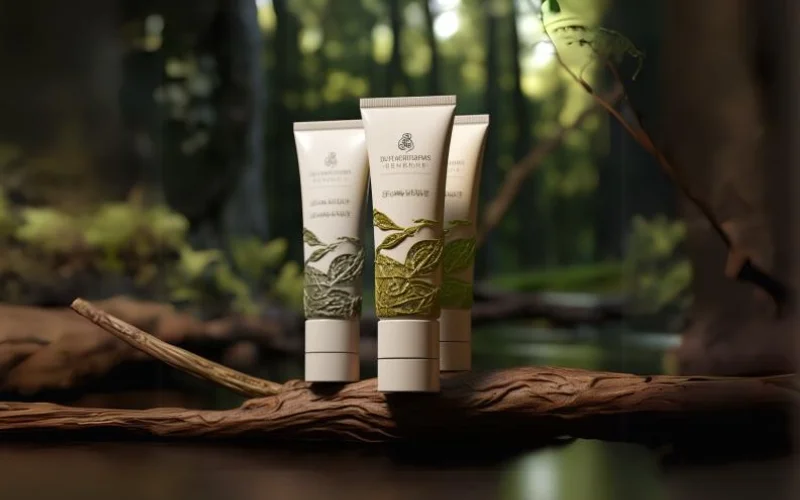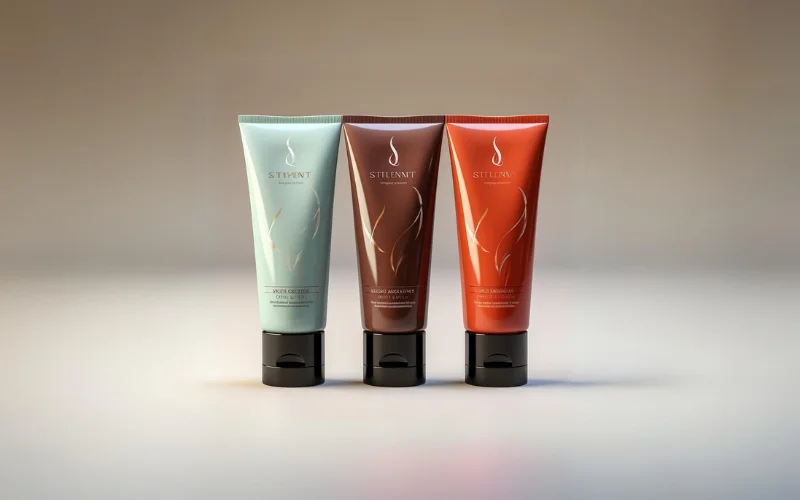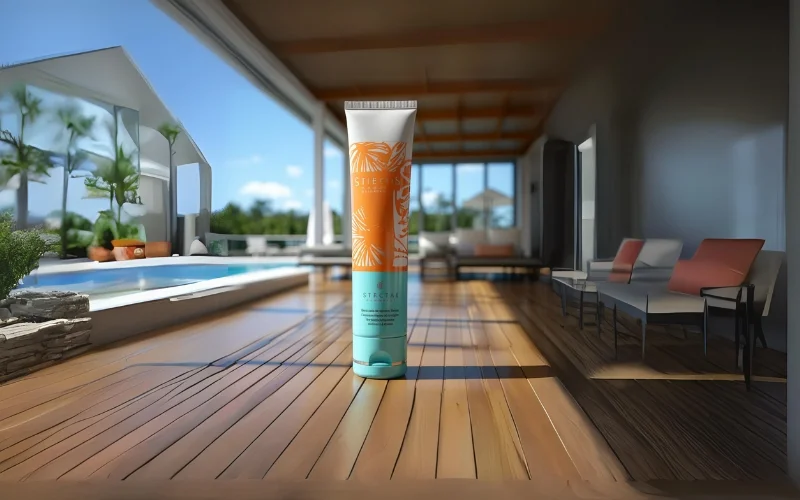Tube Packaging in the Cosmetic Industry
The cosmetic industry, known for its vibrancy and constant evolution, has increasingly embraced tube packaging as a key component in product presentation and functionality. This introduction explores the widespread use of tube packaging in cosmetics and its significant role in enhancing both the appeal and usability of various products.
Overview of Tube Packaging for Cosmetics
Tube packaging in the cosmetic industry has become synonymous with convenience, versatility, and innovation. Traditionally used for products like hand creams and toothpastes, its application has now expanded to encompass a wide range of cosmetics including face creams, serums, gels, and more. These tubes come in various shapes and sizes, from small, travel-friendly sizes to larger, family-sized versions. They are designed to cater to different types of products, ensuring that the packaging not only stores the product effectively but also complements its consistency and application method. Materials used in tube packaging vary, ranging from flexible plastics to aluminum, each selected based on the product’s specific needs and the brand’s sustainability goals.
The choice of tube packaging often depends on several factors, such as the product’s texture, ingredients, and the desired user experience. For instance, a thick cream might be best suited to a tube with a wider opening for easy dispensing, whereas a lightweight serum might use a narrower nozzle for precision application.
The Role of Tube Packaging in Enhancing Product Appeal and Functionality
Tube packaging plays a pivotal role in enhancing the overall appeal and functionality of cosmetic products. Aesthetically, tubes offer a broad canvas for branding and design. They can be customized with vibrant colors, intricate designs, and unique finishes, making them stand out on store shelves and capture the consumer’s attention. This visual appeal is crucial in the highly competitive cosmetic market, where product packaging can significantly influence purchasing decisions.
Functionally, tube packaging offers numerous benefits. It is user-friendly, allowing for easy control over the amount of product dispensed, reducing waste, and maintaining product hygiene. Tubes are also more resilient and less likely to break or shatter compared to glass containers, making them a safer option for bathrooms and travel bags. For products sensitive to air exposure, such as certain skincare serums or gels, airless tube packaging helps in preserving the efficacy of the product by minimizing contact with air.

Tube Packaging for Cream-Based Cosmetics
Cream-based cosmetics, ranging from moisturizers to treatment creams, have specific packaging needs to maintain their efficacy and appeal. Tube packaging plays a crucial role in meeting these needs by ensuring product stability, enhancing user experience, and adhering to sustainability standards.
Unique Requirements for Cream Packaging
Maintaining Texture and Consistency
The primary function of tube packaging for creams is to preserve the product’s texture and consistency. Creams need to be stored in a way that maintains their smooth, uniform texture without separation or spoilage. Tubes are ideal for this purpose as they provide an airtight environment that reduces exposure to air and contaminants, which can degrade the product’s quality over time.
Ensuring Product Stability and Longevity
Another key requirement is ensuring the stability and longevity of the cream. Active ingredients in many cosmetic creams are sensitive to light and air, which can diminish their effectiveness. Tube packaging, especially when made with opaque or UV-protective materials, can shield these sensitive components from environmental factors, thereby extending the product’s shelf life.
Tube Design Innovations for Creams
Material Choices: Flexibility and Durability
Modern tube packaging for creams is made from a variety of materials, each chosen for its specific properties. Plastic tubes, for example, offer flexibility and are easy to squeeze, ensuring users can dispense all the product with minimal waste. Aluminum tubes, on the other hand, provide durability and a premium feel. Both materials are lightweight and break-resistant, making them convenient for consumers to use and carry.
Dispensing Mechanisms: Squeeze Tubes, Airless Tubes, etc.
Innovations in dispensing mechanisms have greatly enhanced the functionality of cream tubes. Traditional squeeze tubes are popular for their simplicity and cost-effectiveness. Airless tubes are a more advanced option, offering a non-pressurized vacuum dispensing system that minimizes waste and prevents air from entering the tube, keeping the cream fresher for longer. These mechanisms not only improve the user experience but also contribute to the precise application of the product.
Sustainability in Cream Tube Packaging
Eco-Friendly Materials
Sustainability is increasingly becoming a priority in tube packaging. Manufacturers are exploring eco-friendly materials such as biodegradable plastics, post-consumer recycled (PCR) materials, and plant-based plastics. These materials reduce the environmental impact of packaging without compromising on quality or functionality.
Recyclability and Reusability
In addition to using sustainable materials, the cosmetic industry is also focusing on the recyclability and reusability of tube packaging. Efforts are being made to design tubes that are easy to recycle, with clear labeling to guide consumers. Some brands are even introducing refillable tubes, allowing consumers to reuse the packaging and reduce waste.

Optimizing Tube Packaging for Serum Products
Serum products, known for their concentrated active ingredients and unique formulations, require specialized tube packaging solutions. These solutions are designed to protect the integrity of the serum while offering a user-friendly experience.
Serum Packaging Considerations
Protecting Active Ingredients
Serums often contain a blend of active ingredients that are sensitive to environmental factors. The packaging must, therefore, be designed to protect these ingredients from degradation. This means using materials that offer a barrier against air, moisture, and contaminants, ensuring that the serum’s efficacy is maintained from the first use to the last.
Light Sensitivity and Viscosity Challenges
Many serums are sensitive to light, particularly UV light, which can break down active ingredients and reduce the product’s effectiveness. Additionally, serums vary in viscosity – some are watery and fluid, while others are more gel-like. Tube packaging for serums needs to address these variations, ensuring that the product can be easily dispensed regardless of its consistency.
Advanced Tube Solutions for Serums
Precision Applicators: Dropper Tips and Nozzle Designs
To address the need for precision in serum application, tube packaging often incorporates dropper tips or specially designed nozzles. These applicators allow users to dispense the exact amount of product needed, minimizing waste and ensuring a precise application. This is particularly important for products that are used in small quantities, such as eye serums.
Barrier Protection: UV-blocking Materials
For serums sensitive to light, tubes made from UV-blocking materials are essential. These materials prevent harmful UV rays from penetrating the packaging, thereby protecting the product inside. This type of packaging is often opaque or tinted to provide maximum protection against light exposure.
Innovations and Trends in Serum Tube Packaging
Smart Technology Integration
The integration of smart technology in serum tube packaging is a growing trend. This can include QR codes that, when scanned, provide additional product information or usage tips. Some advanced packaging solutions even incorporate time indicators or freshness seals that alert the user when the product is nearing the end of its shelf life or has been exposed to compromising conditions.
Minimalist and User-friendly Designs
In line with current design trends, serum tube packaging is leaning towards minimalist aesthetics. This not only appeals to modern consumer preferences but also emphasizes ease of use. User-friendly features might include ergonomic shapes for a comfortable grip, non-slip textures, and easy-to-open caps that cater to all users, including those with limited hand mobility.
Tube Packaging Solutions for Gel-Based Cosmetics
Gel-based cosmetics, with their distinct consistency and application style, require tube packaging solutions that cater to their unique characteristics. The packaging must preserve the quality of the gel while being user-friendly and sustainable.
Specific Needs of Gel Packaging
Preserving Gel Consistency and Efficacy
The primary goal of gel packaging is to maintain the product’s consistency and efficacy. Gels usually have a thicker, more viscous texture compared to liquids and serums, which means the packaging needs to facilitate easy dispensing without altering the product’s form. This consistency must be preserved from environmental factors like air and moisture, which can cause the gel to dry out or change texture.
Leakage Prevention and Seal Integrity
Given the thicker nature of gels, tube packaging must be robust enough to prevent any leakage, while also being easy to squeeze. The seal integrity of the tube is crucial, as any compromise in the sealing can lead to product contamination or degradation. This necessitates a packaging design that combines durability with airtight sealing.
Effective Tube Packaging for Gels
Tailored Tube Materials and Shapes
The choice of material and shape for gel tubes is significant. Materials like flexible plastics are often used as they can easily be squeezed, even as the tube gets emptier. The shape of the tube, whether it’s round or flat, is also tailored to the product type and brand aesthetic. For thicker gels, wider openings and stronger materials might be preferred to facilitate easier dispensing.
Functional Caps and Closures
Caps and closures on gel tubes serve multiple functions – they need to be easy to open and close, provide a tight seal, and sometimes even aid in the application of the gel. Flip-top caps and twist-off caps are common, with some tubes incorporating applicator tips or brushes for direct application of the gel product.
Eco-Innovations in Gel Tube Packaging
Biodegradable and Plant-based Materials
Sustainability is a growing focus in gel tube packaging, with the cosmetic industry increasingly turning to eco-friendly materials. Biodegradable plastics and plant-based materials are being explored as alternatives to traditional plastics. These materials break down more easily in the environment, reducing the ecological footprint of the packaging.
Refillable and Reducing Waste
Refillable tube designs are emerging as a solution to reduce packaging waste. These designs allow consumers to purchase gel refills instead of a new tube each time, minimizing plastic use. Refillable tubes are typically made from more durable materials to withstand multiple uses, aligning with the sustainability goals of both brands and consumers.
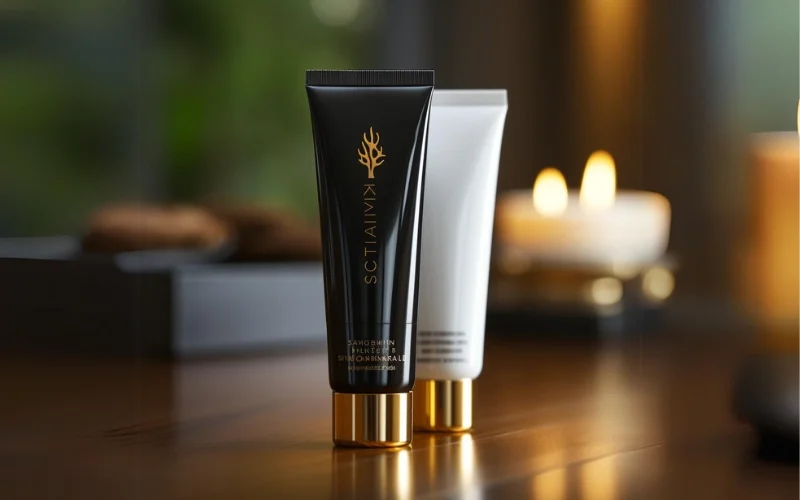
Branding and Marketing Through Cosmetic Tube Packaging
In the highly competitive cosmetic industry, effective branding and marketing are essential. Tube packaging plays a pivotal role in these efforts, offering numerous opportunities for enhancing brand identity and engaging consumers.
Enhancing Brand Identity with Tube Design
Custom Graphics and Branding Opportunities
The design of a cosmetic tube is a powerful tool for branding. It’s the first thing a consumer notices and can make a lasting impression. Custom graphics on tubes allow brands to showcase their unique identity and values. This could be through the use of specific colors that align with the brand’s image, distinctive logos, or unique patterns and illustrations that tell the brand’s story. The flexibility of tube packaging in terms of shape, size, and material also allows for a high degree of customization, enabling brands to create a distinctive look that stands out on the shelves.
Consumer Engagement through Packaging
Engaging consumers through tube packaging goes beyond visual appeal. It includes creating an interactive experience that can foster a deeper connection with the product. This could be achieved through QR codes that lead to interactive content, tactile surfaces that invite touch, or packaging that changes color or texture with use. Such innovative features not only enhance the user experience but also encourage consumers to share their experiences on social media, further amplifying the brand’s reach.
Challenges and Future Outlook in Cosmetic Tube Packaging
The cosmetic tube packaging industry faces several challenges, but it also stands on the cusp of exciting developments. Understanding these challenges and the potential future directions can help brands navigate this dynamic landscape effectively.
Overcoming Industry Challenges
Balancing Innovation with Cost
Innovation in tube packaging is essential to stand out in the competitive cosmetic market. However, introducing new designs, materials, and technologies often comes with increased costs. Brands must find a balance between innovation and cost-effectiveness. This involves making strategic decisions about which innovations are likely to yield a significant return on investment, such as improved consumer appeal or enhanced functionality, without excessively increasing the product’s price.
Navigating Regulatory Compliance
Cosmetic tube packaging must comply with various regulations, which can vary by region. These regulations may pertain to material safety, labeling, and environmental impact. Staying abreast of these regulatory changes and ensuring compliance can be challenging, especially for brands that operate internationally. Non-compliance not only poses legal risks but can also damage a brand’s reputation.
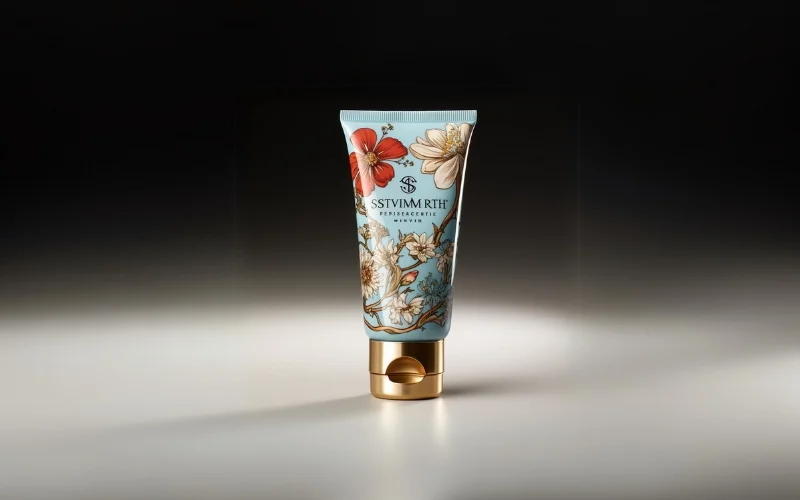
The Future of Cosmetic Tube Packaging
Emerging Technologies and Materials
The future of cosmetic tube packaging is likely to be shaped by several emerging technologies and materials. Innovations such as biodegradable plastics, smart packaging with integrated technologies like NFC (Near Field Communication) tags, and advanced manufacturing processes like 3D printing are expected to gain prominence. These technologies offer opportunities for more personalized, interactive, and sustainable packaging solutions.
Anticipating Consumer Trends and Environmental Concerns
Consumer preferences are increasingly leaning towards sustainability and personalization. The industry is expected to respond with more eco-friendly packaging options, such as tubes made from post-consumer recycled materials or plant-based plastics. Additionally, the trend towards personalized beauty products is likely to drive innovations in customizable and refillable tube packaging, allowing consumers to tailor their cosmetic products to their specific needs.


